Some people argue that the keto diet is low in dietary fiber. Although the majority of low-carb ketogenic foods lack the fiber found in grains, fruits, and legumes, there are still plenty of fiber-rich keto-friendly foods available. If you’ve ever had constipation or diarrhea; however, depending on the composition of your microbiome, a high-fiber diet may not be the best solution to your gut issues. So the question is, how important is Fiber in keto Diet?
Continue reading to learn how to grow good gut bacteria, how much fiber for keto diet to consume, and how to get more fiber for keto diet using a healthy, keto-friendly source of fiber.
How Is Dietary Fiber Defined?
Dietary fiber [1] is the umbrella term for indigestible carbohydrates and lignins (plant fibers) found in plants. The bulk of the fiber comes from plant cell walls, where it works like a skeleton, assisting plants in preserving their shape and structural integrity.
Dietary fiber is classified into two categories [2, 3] based on its water solubility:
- Soluble Fiber
- Insoluble Fiber
Water is soluble in Soluble Fiber. It forms a viscous, gel-like substance when mixed with liquids. Gut bacteria break down this type of fiber in your colon into gases and other byproducts, including short-chain fatty acids. Since it feeds the gut bacteria, it is also known as prebiotic fiber. Fruits, grains, and legumes all contain soluble fiber. Consumption of soluble ones slows stomach secretion and heightens the sense of fullness.
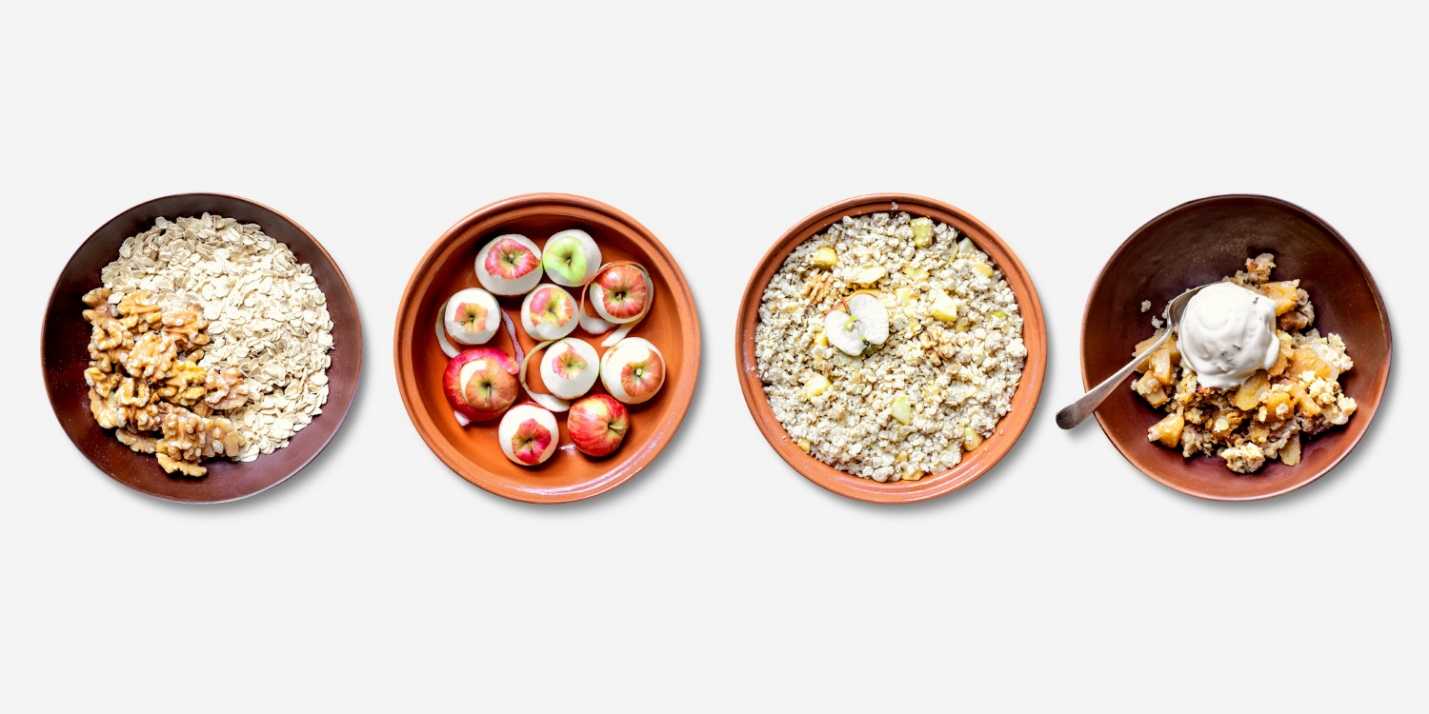
Insoluble fiber, on the other hand, does not dissolve in water and is thus inactive to the digestive enzymes in the upper gastrointestinal tract. While certain forms of insoluble fiber (such as resistant starch) ferment throughout the colon, the majority of this fiber content moves through the digestive system relatively unchanged, accumulating water and gradually adding bulk to your stool while also easing bowel movements. Nuts, seeds, grains, legumes, some vegetables, and fruits, as well as the skins of kiwi, grapes, plums, and tomatoes, are insoluble fiber food.
Several Health Advantages of Fiber
Suppression of Appetite
In your stomach, soluble one absorbs water, slowing food absorption. It also contributes to the sense of fullness. You are less likely to overeat if you are full after consuming fiber because your appetite is suppressed. Although the appetite-suppressing effects are not universal, it’s worth a try if you struggle with cravings or overeating.
Promotes Gut Health (Sometimes)
Your intestines contain 100 trillion bacteria, give or take a few trillion. Dietary fiber feeds the probiotic bacteria that reside in your gut and contribute to the composition of your microbiome. [4] Eating prebiotics, on the other hand, will feed dangerous gut bacteria if the microbiome is out of balance. As a result, not all of the advantages of increased intake are realized.
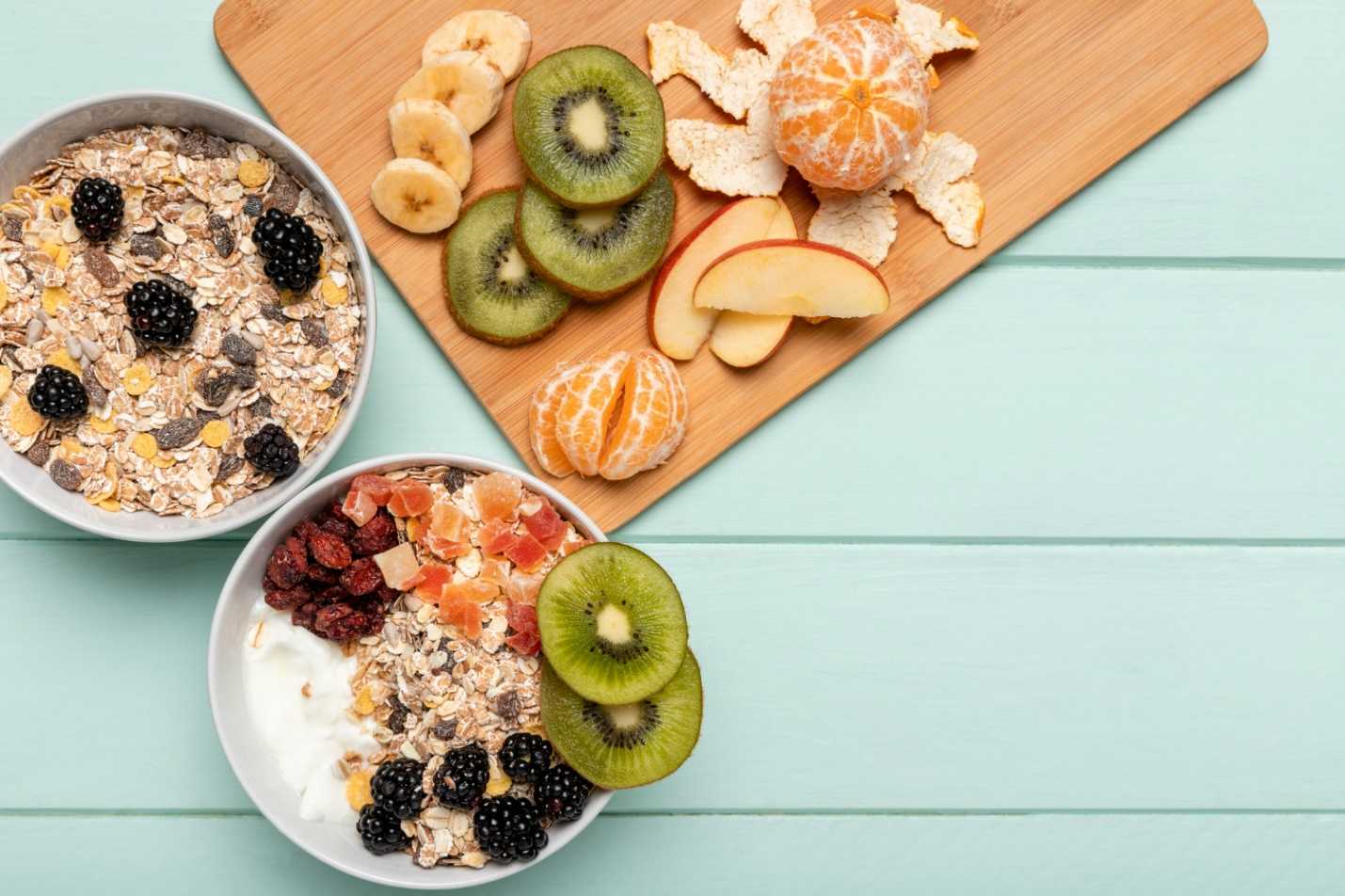
Maintaining a healthy gut flora reduces inflammation in the body, helps in weight management reduces the risk of contracting various diseases, and improves memory and brain healing.
Assists in the control of blood sugar levels
High blood sugar levels are detrimental to one’s health, as adherents of the keto diet are already aware. Consuming too many carbohydrates increases blood glucose levels, which can lead to insulin resistance. Furthermore, if you have insulin resistance, your fasting blood glucose levels will continue to be elevated. It’s a vicious cycle that can lead to type 2 diabetes. Since it slows digestion, it helps to balance the rise in blood glucose after a meal. In other words, when carbohydrates are eaten, it reduces the meal’s glycemic index.
Loss of Weight
Eating more fiber will help you lose weight by suppressing your appetite, decreasing your blood sugar levels, and altering the composition of your microbiome.
Reduces Cholesterol
A study found that raising your soluble fiber intake by two to ten grams per day can help lower your LDL and total cholesterol. Other meta-analyses of studies have found similar results.
It can help lower cholesterol by changing the metabolites formed by gut bacteria, which changes how your body absorbs cholesterol.
It reduces the risk of some cancers.
The fiber in your diet will help reduce your risk of colon cancer, ovarian cancer, endometrial cancer, breast cancer, and pancreatic cancer. [5] Consuming about 18 grams of fiber a day reduced the risk of dying from any cause of cancer by 24% and the risk of dying from colorectal-anal cancers by 58%.
The anti-cancer benefits are most likely due to your microbiome developing more short-chain fatty acids like butyrate, as well as lower blood sugar levels after meals.
Helps with Constipation Relief
Constipation is described by the National Institutes of Health (NIH) as having less than three bowel movements per week or having dry, hard, and difficult-to-pass stools. Constipation occurs when you do not have a bowel movement at least once or twice per day.
Fiber can be your saviour if you suffer from constipation. [6] Insoluble fiber bulks up and moves your stools, while soluble sources of fiber benefit the health of your microbiome. Not all benefits, however, are universal; some people complain that raising fiber per day worsens their symptoms or causes other side effects. In addition to increasing your daily fiber intake, drink plenty of water and engage in moderate physical activity regularly. If increasing your fiber intake, keeping hydrated, and exercising do not alleviate your symptoms, see your doctor.
Relationship of Fiber with Keto Diet
Fiber is a key component of a ketogenic diet as it aids in the replacement of regular fiber which may be lost due to the low carb diet. 90% of Americans don’t get enough fiber on a daily basis. In relation to keto, fiber is very important!
A ketogenic diet is high in fat (typically about 75% of the calories are from fat), moderate proteins (15% – 20%), and low in carbohydrates for those of you who just dip your toes in keto (5-10 percent). In this type of macronutrient delivery, the body is able to shift from using sugar to using fat as its primary fuel. The metabolic state of our ancestors during periods of food shortage can be mimicked by a ketogenic diet, which allows the metabolism to reset.
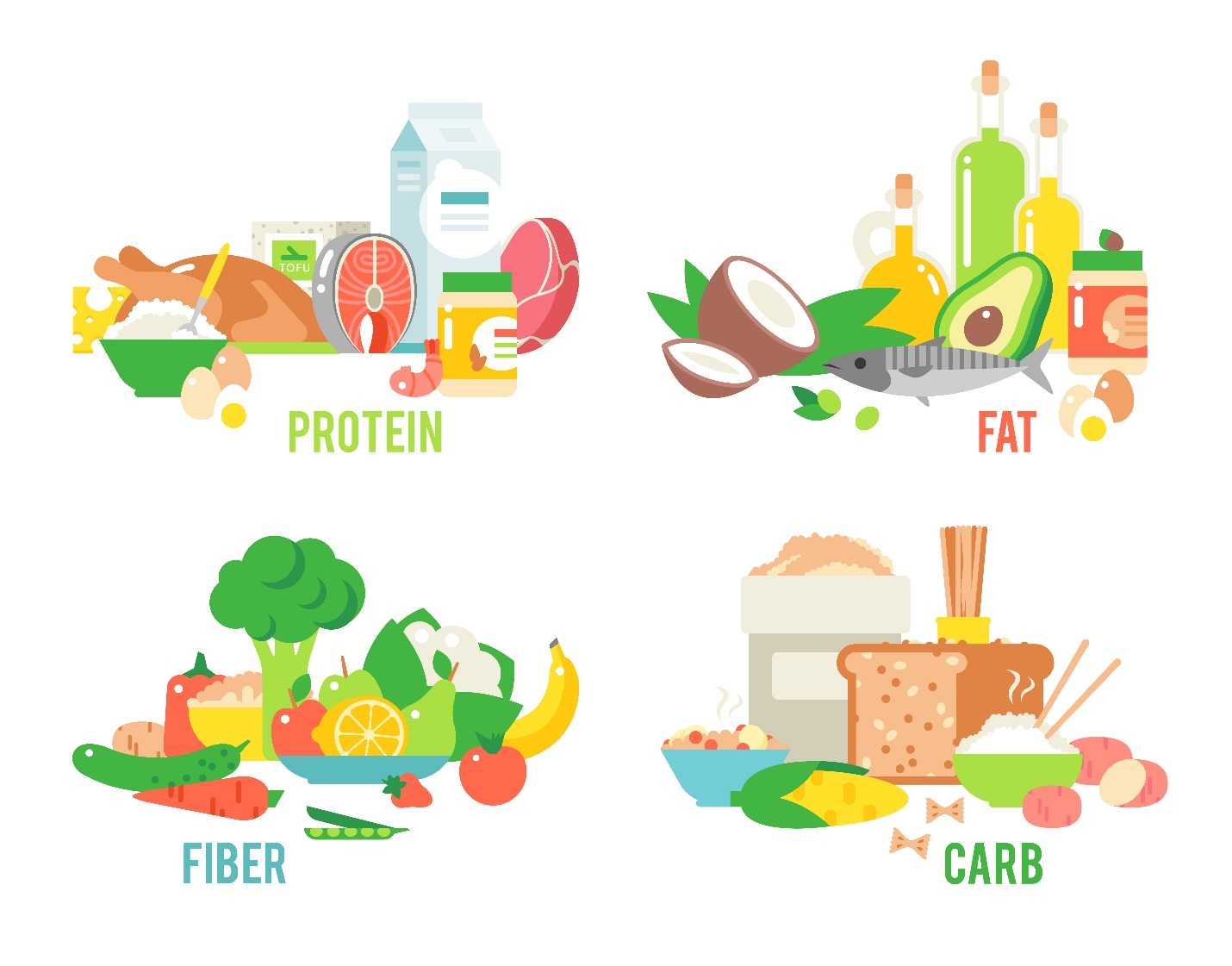
While first developed for epilepsy and Type 2 diabetes, the ketogenic diet can help with conditions like metabolic syndrome, including weight loss, cardiovascular disease, and even obesity, and most degenerative diseases.
Some people on the conventional keto diet may think that it is all about restricting carbohydrates while also raising fat, but that is not the case. It must also concentrate on three important factors: nourishment, food quality, nutrient supply, and food.
Fiber is important for lowering blood sugar, controlling hypertension, enhancing digestion, helping in the microbiome, and coping with sugar cravings, as well as providing so many other benefits, so be sure to include a ketogenic diet if you plan to try any of these. Eating foods that are rich in fiber while keeping the carbohydrate intake minimal and maximizing protein and healthy fat is a way to make the diet 10 times more satiating as well as much more conducive to weight loss and 10 times more fat burning.
Here Are Some Foods That Are Low in Carbs (Keto Friendly) and High in Fiber.
(GRAMS OF FIBER Stands for Grams of Fiber)
Flaxseeds
Two tablespoons (14 grams) ground flax seeds contain 4 GRAMS OF FIBER and have no net carbohydrate content (14 grams).
Chia seeds
Chia seeds contain 11 GRAMS OF FIBER and 2 grams of net carbs in two tablespoons (30 grams).
Avocado
One tiny (136 g) avocado contains 9 GRAMS OF FIBER and 3 g net carbs.
Almonds
Four GRAMS OF FIBER and three grams of net carbs are contained in one ounce (28 grams) of raw almonds.
Unsweetened Coconut
Five GRAMS OF FIBER and two grams of net carbs are contained in one ounce (28 grams) of shredded, unsweetened coconut meat.
Blackberries
Seven GRAMS OF FIBER and six grams of net carbs are included in one cup (140 grams) of blackberries.
Raspberries
One cup (140 g) of raspberries contains 9 GRAMS OF FIBER and 8 g net carbs (26 g).
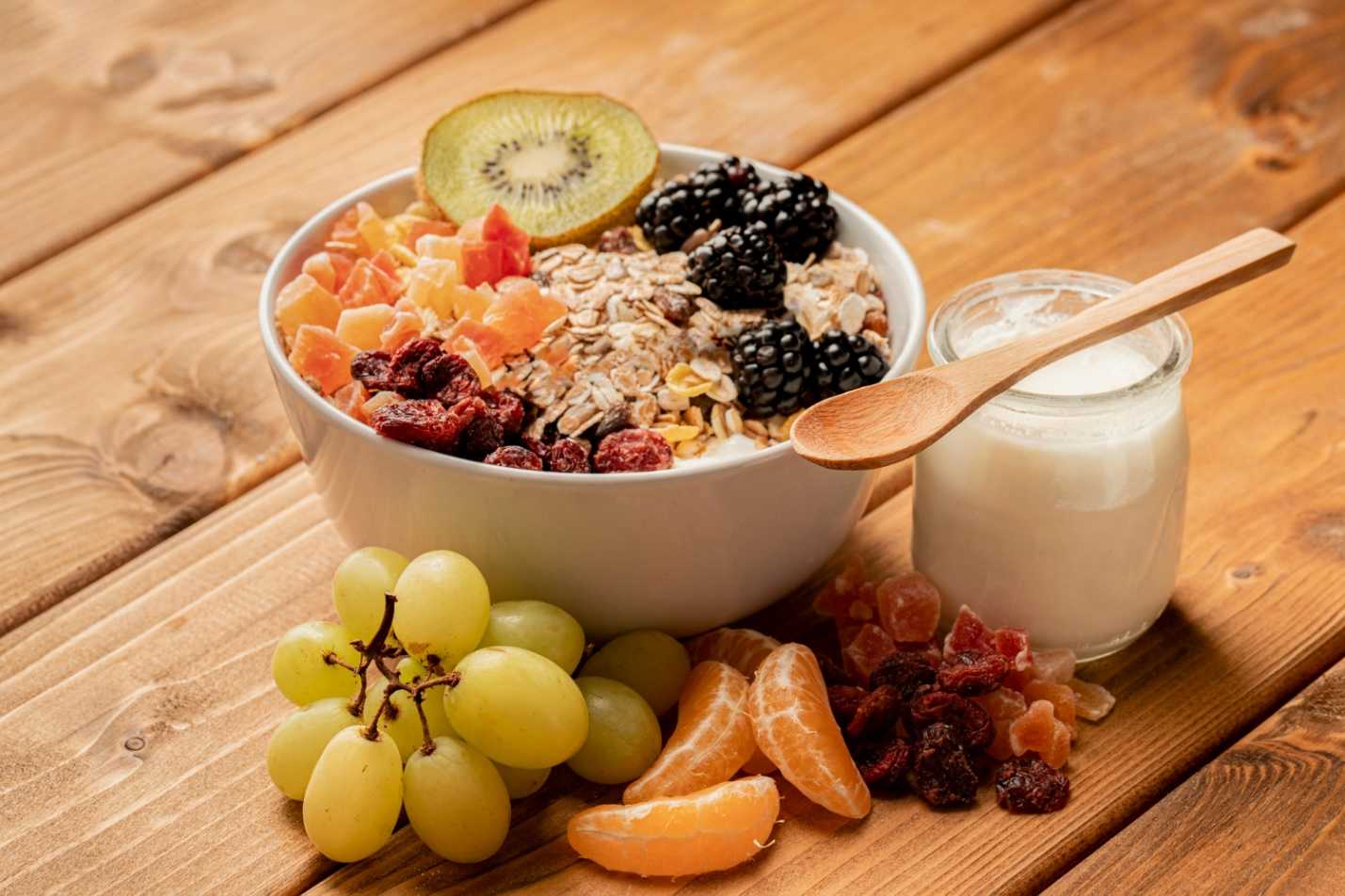
Pistachios
Three GRAMS OF FIBER and five grams of net carbs are found in one ounce (28 grams) of shelled pistachios.
Wheat Bran
Wheat bran contains 6 GRAMS OF FIBER and 4 grams of net carbs in a 1/4-cup (15-gram) serving.
Cauliflower
One cup (85 g) chopped cauliflower contains 2 GRAMS OF FIBER and 2 g net carbs (32 g).
Consume Hydrating Foods.
Hydration is even more important on a ketogenic diet since your body is shedding the water attached to accumulated glycogen in your muscles. Though drinking water is critical, incorporating hydrating foods is also critical. Eating bone broth, including chia seeds in smoothies and salads, and cooking with unsweetened coconut and coconut oil will also help you drink structured water (which is denser than tap water) and remain hydrated.
Increase your Electrolyte Use.
The transformation of the body’s fuel source from carbohydrates to fat (and its byproduct, ketones) can sometimes result in the “keto flu,” a series of symptoms that include dizziness, fatigue, headaches, and brain fog. This is because your body begins by burning stored glucose (glycogen), releasing water, sodium, and other electrolytes. This would result in a decline in insulin levels and a rise in sodium and water excretion by the kidneys.
Be Mindful of the Stress Levels.
During a particularly difficult time in the life, people initially didn’t understand why I needed to concentrate more on my diet than usual. Stress, it turns they, will knock you out of nutritional ketosis. When you are in fight or flight mode, the body produces fewer ketones and begins using glucose from the body. Physically, transitioning out of ketosis can leave you feeling exhausted and foggy with carb cravings. C chronically elevated cortisol causes muscle loss, and because muscle burns more fuel, the result is decreased metabolic capacity.
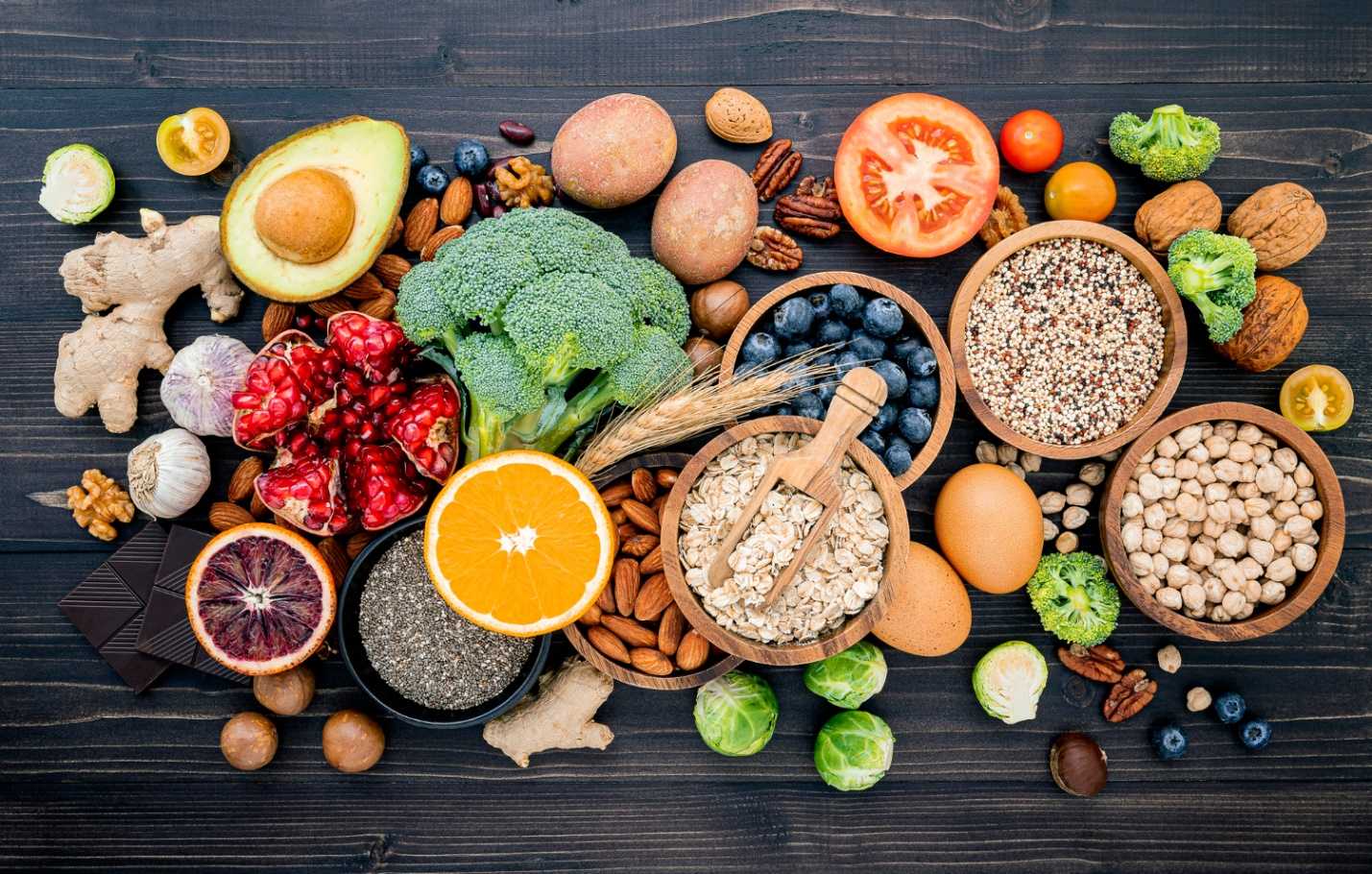
Consume Protein in Moderation.
While people on a ketogenic diet often consume a lot of protein, they may be deficient in fat. A keto diet is low in protein, requiring just around 20% to 25% of calories from protein, compared to 65–75% from fat. If we eat too much protein, it is converted to glucose, which neutralizes nutritional ketosis.
One Last Note on Fiber Intake on the Keto Diet
Fiber is important for all, regardless of whether they are following a ketogenic diet. If you’re considering going keto, the easiest — and safest — course of action is to work with a registered dietitian who is familiar with the diet to create a plan that meets your nutritional needs.
Constipation is described as having less than three bowel movements per week or having stools that are hard and dry or difficult to pass. If increasing fiber consumption, drinking more water, and increasing physical activity does not help, speak with your doctor.
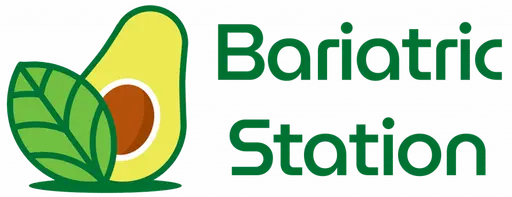
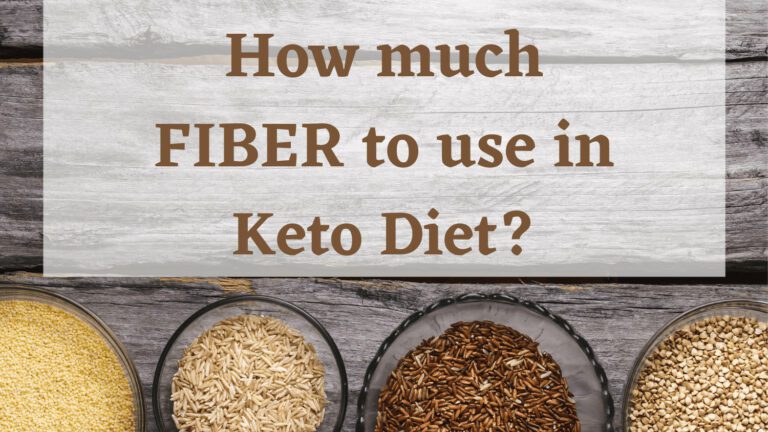
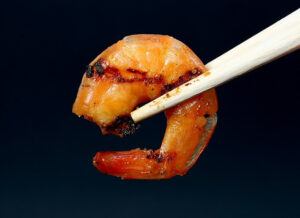


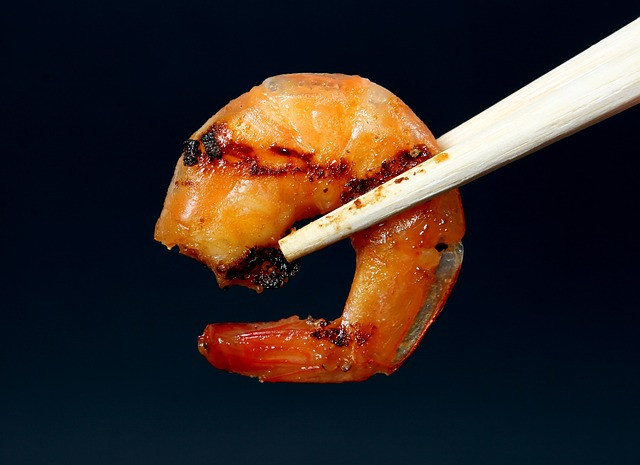
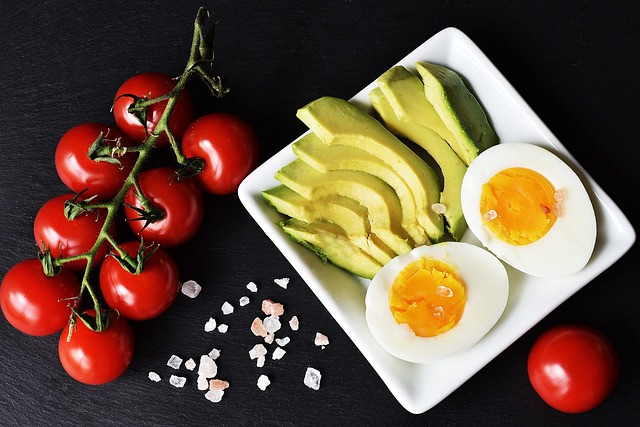
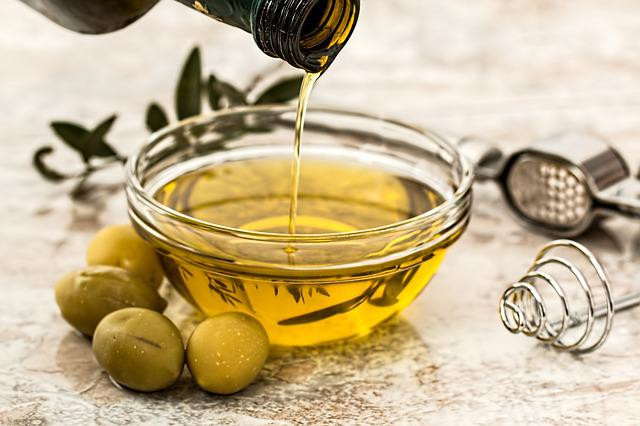
1 thought on “How Important is Fiber in Keto Diet?”
I was recently told by my DR to take at least 30gm of fiber a day. The problem is OTC fiber supplements are very low in fiber content per serving, a 2 tbs with 8 oz of water is 6 gm of fiber. So I would need to take 10 tbs with 40 oz of water!
On the other hand Fiber One cereal has 14 gm of fiber per 1/2 cup but has 25 gm of carbs!.
I don’t want to take 50 gm of carbs a day just to keep my fiber up.
What are my other options?